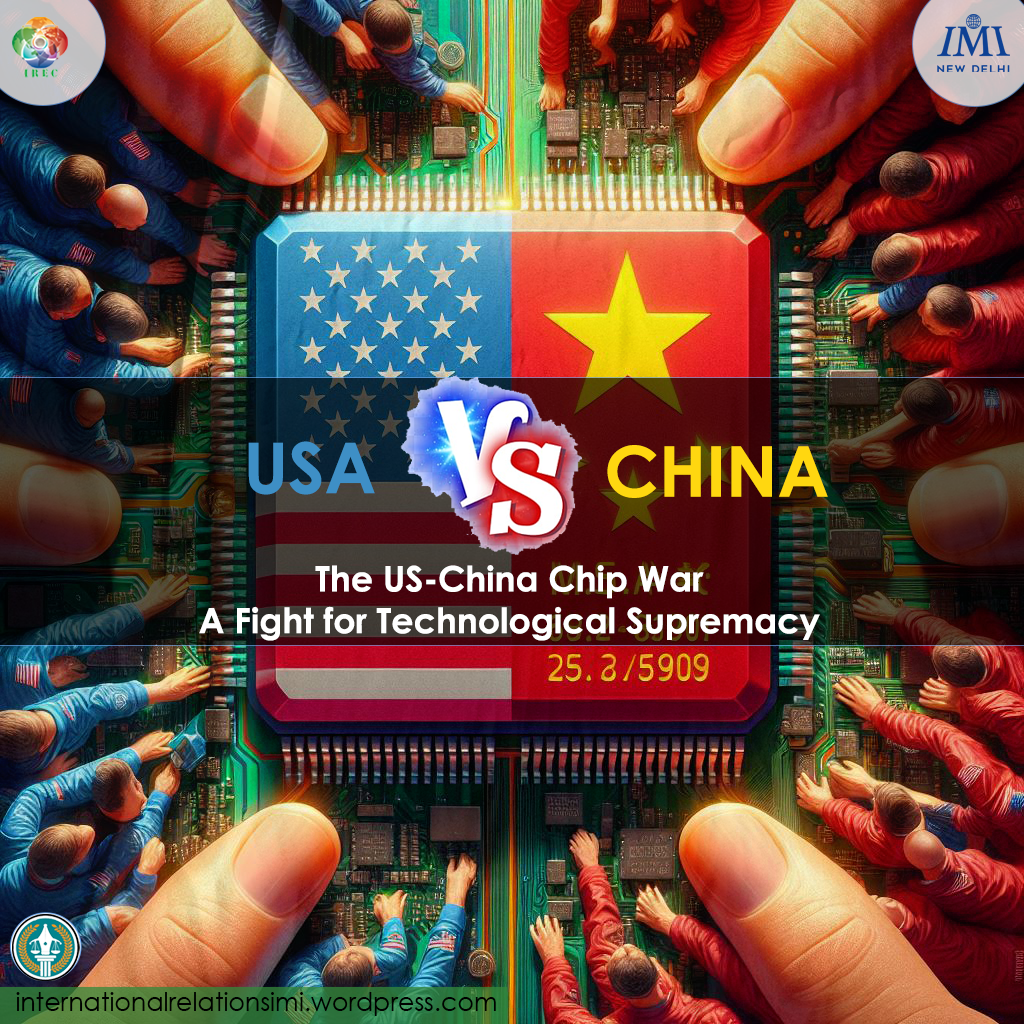The world of technology is constantly evolving, and a new battleground has emerged: the US-China Chip War. Forget missiles and tanks, this fight is waged with semiconductors, tiny, intricate circuits that power everything from our smartphones to cutting-edge artificial intelligence. Dominating the chip industry signifies not just economic strength, but also leadership in the technological and military spheres of the 21st century.
Imagine a life without chips. Your phone wouldn’t function, your car wouldn’t start, even basic appliances would become glorified paperweights. Semiconductors are the brains of modern technology, and their intricate design and manufacturing process make them incredibly valuable. The most advanced chips, like those used in artificial intelligence and supercomputing, are the holy grail in this war. Whoever controls their production gains a significant advantage in national security, scientific research, and even economic prosperity.
For decades, the US has been the undisputed leader in chip design and manufacturing. Silicon Valley giants like Intel and TSMC, a Taiwanese company have dominated the industry. However, China’s rapid economic growth has fueled its ambition for self-sufficiency in chip production. China’s “Made in China 2025” initiative, launched in 2015, made achieving domestic dominance in chip production a national priority. This ambitious plan involves massive investments in research, development, and infrastructure. China is pouring billions into building its own chip fabs called fabrication plants and attracting foreign talent.
The US isn’t taking China’s challenge lying down. To counter China’s rise, the US has adopted a multi-pronged approach. The CHIPS Act, passed in 2023, allocates $52.7 billion to bolster domestic chip production and research. The goal is to incentivize companies like Intel and Samsung to build new fabs in the US, reducing reliance on foreign manufacturers. Additionally, the US has tightened export restrictions on certain cutting-edge chip-making equipment to China, aiming to hinder their ability to produce the most advanced chips. The US is actively collaborating with allies like South Korea, Japan, and the European Union to establish a more secure and diverse chip supply chain because it understands that it cannot win this battle on its own.
So, who’s winning? It’s complicated. The US currently holds the technological edge, but China’s rapid advancements are undeniable. The US has decades of experience, a strong research ecosystem, and a talent pool of engineers. China, on the other hand, has the advantage of sheer government investment, a large and growing domestic market, and a willingness to take risks.
The potential impact of this war extends far beyond national borders. A disrupted supply chain and increased competition could lead to higher prices for electronic devices globally. Geopolitical tensions between the US and China could exacerbate, spilling over into other areas like trade and security. Additionally, both countries may prioritize speed over quality in their rush to achieve chip dominance, potentially leading to security vulnerabilities or environmental concerns.
The ideal outcome of the US-China Chip War would be collaboration. A globalized chip industry, with secure and diverse supply chains, would benefit everyone. Unfortunately, significant political hurdles remain. The US-China Chip War is a complex and rapidly evolving story, a chess game with high stakes. Whether this war leads to collaboration or continued rivalry, hinges on the decisions of world leaders in the coming years. As technology continues to revolutionize our lives, the stakes in the chip war couldn’t be higher.
Author – Astha Sethi
